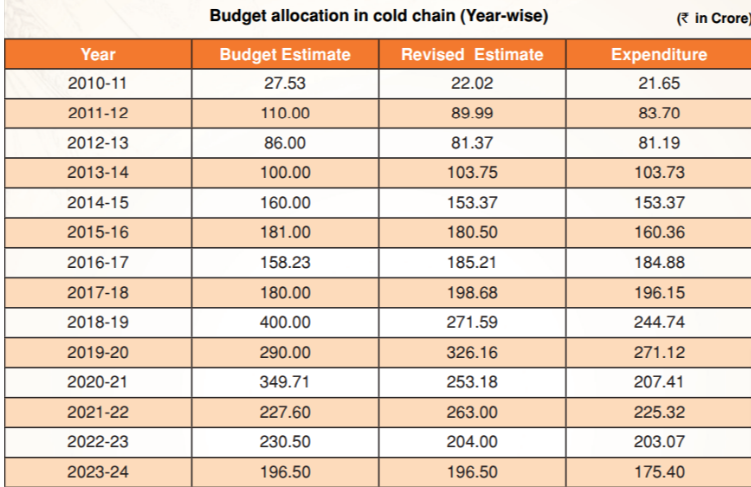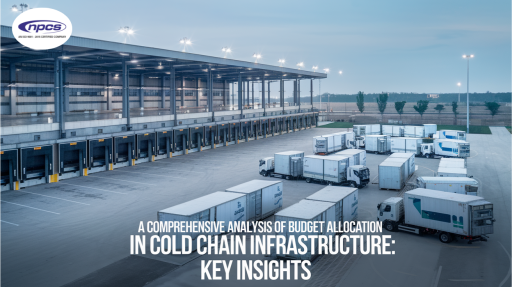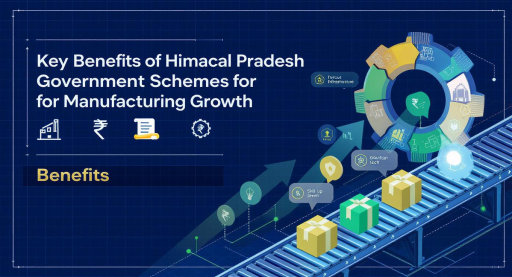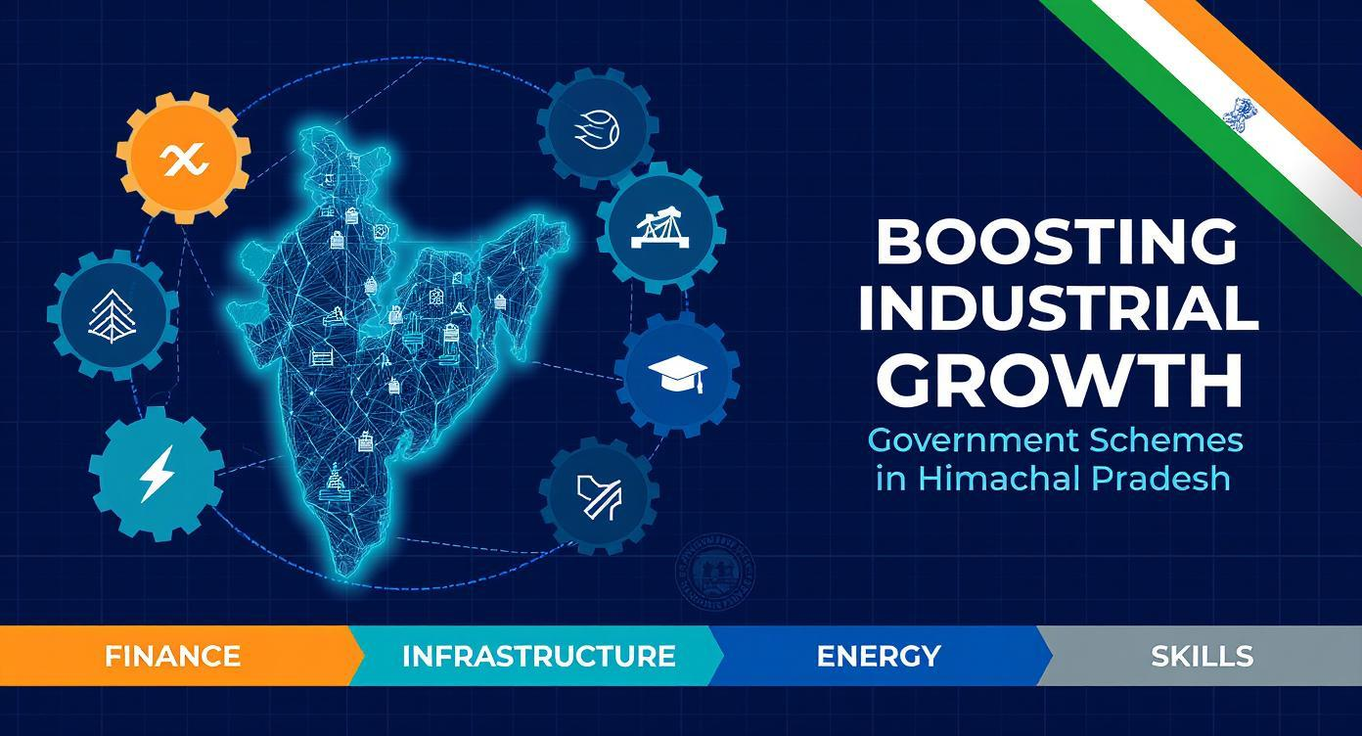The Indian economy requires a proper cold chain system to properly maintain perishable products including dairy products vegetables fruits and pharmaceutical goods. Since the early years, the government has dedicated considerable monetary support to build cold chain infrastructure for both agricultural and processing food industries to grow. The article examines the cold chain budget allocation throughout multiple years by analyzing data from the table to demonstrate trends in investment and sector growth.

The Importance of Cold Chain Infrastructure
Cold chain refers to the uninterrupted transportation and storage of goods under controlled temperature conditions. The infrastructure plays a fundamental role in decreasing food spoilage while extending product longevity and maintaining high perishable food quality standards. The increasing food production and consumption across India requires an urgent development of a reliable and efficient cold chain network. The Indian government demonstrates its dedication to modernizing food processing and distribution procedures by continuously funding the cold chain through budgetary allocations.
Understanding how Cold Chain Budget funds are distributed
A budgetary analysis of the Cold Chain demonstrates that funding amounts increased steadily between 2010 and 2023 according to the presented data. Over time the government has steadily raised funds which demonstrates that the cold chain sector develops greater significance in the national economy. The financial support for the cold chain sector shows steady growth as we analyze annual expenditures beginning from 2010.
Early Years (2010-2015)
The budgetary allocations during 2010-11 through the first years remained at a relatively modest level. The government allocated ₹27.53 crores to the Cold Chain Budget in 2010-11 until it decreased to ₹22.02 crores as per the revised estimates. Actual spending amounted to ₹21.65 crores. The actual spending amounted to ₹21.65 crores during this period, though the fund allocation was ₹27.53 crores. The budgeted resources faced challenges for complete utilization.
They budgeted increased funding amounts each year from 2011 to 2015.
- The government spent ₹83.70 crores from ₹110 crores, which made up the budget allocation for 2011-12.
- The total budget amounted to ₹86 crores in 2012-13, but administrators revised it to ₹81.37 crores before expenditures reached ₹81.19 crores.
The revised budget allocations remained lower than predicted original values during this time period, possibly because anticipated programs failed to materialize.
Steady Growth (2015-2020)
The Cold Chain Budget Allocation demonstrated stable expansion starting from 2015 until the end of the period. The budget allocation started at ₹181 crores in 2015-16 and received the revised amount of ₹180.50 crores while total expenditures reached ₹160.36 crores. During the fiscal years of 2016-17, the budget started at ₹158.23 crores and then rose to ₹185.21 crores before actual expenditures reached ₹184.88 crores.
During the fiscal year 2017-18, the government demonstrated another substantial increase in budget funds. Budget estimates for 2017-18 started at ₹180 crores before the revision increased them to ₹198.68 crores and final expenditures amounted to ₹196.15 crores.
Rapid Expansion (2018-2023)
In 2018-19 the Cold Chain Budget received its largest disbursement with a government allocation of ₹400 crores despite surpassing earlier year expenditures. The final expenditure figure amounted to ₹244.74 crores despite the budget getting changed from ₹271.59 crores to ₹180 crores initially. The substantial budget allocation was scaled back in actual spending because project needs and implementation delays appeared to take over.
The government maintained strong financial support for the Cold Chain Budget Allocation during these three fiscal years.
- The 2019-20 fiscal year started with a budget of ₹290 crores, which the officials revised to ₹326.16 crores before final expenditures reached ₹271.12 crores.
- The year 2020-21 initial budget amounted to ₹349.71 crores, which later got revised to ₹253.18 crores before reaching an actual expenditure of ₹207.41 crores.
- The government spent ₹225.32 million during 2021-22 after the budget shifted from an initial ₹227.60 million to ₹263 million.
- The budget allocation for 2022-23 was established at ₹230.50 crores, which later became ₹204 crores, and the expenditure reached ₹203.07 crores.
Cold chain infrastructure continues to receive financial support from the government, as demonstrated by 2022-23 and 2023-24 budget allocations, yet actual spending remains lower than the new estimates.
Trends and Insights from Cold Chain Budget Allocation
The analysis of cold chain budget allocation reveals several important points throughout recent years.
The government has progressively raised its investments in the cold chain sector as this sector became more vital to the national economy. Government funding for cold chain infrastructure rose dramatically from ₹27.53 crores in 2010-11 to ₹400 crores during 2018-19 as authorities designated continuous escalation of finances to update this sector.
The planned budget figures have shown regular growth while actual expenditures failed to meet the predicted numbers. The initial budget figures surpass revised estimates, therefore implying the projects face delays in execution or miss their intended plans. Project delays together with incomplete infrastructure development and unanticipated situations might explain this gap.
The cold chain infrastructure remains essential because it safeguards temperature-sensitive products from the agriculture sector and pharmaceuticals as well as other industrial sectors. Improved storage combined with better distribution methods and advanced perishable goods preservation technologies will benefit national customers together with export markets due to enhanced funding levels.
Cold chain infrastructure has gained elevated strategic importance for India’s economic growth because the budgetary commitments have kept ascending steadily since 2015-16. Cold chain infrastructure spending provides fundamental support to both food security improvements and supply chain efficiency and reduces product waste.
Visit this page for more information: Start a Business in Cold storage Industry
Why Should Businesses Focus on Cold Chain Infrastructure?
The Cold Chain Budget Allocation creates fundamental impacts on the operations of food processing, agriculture and pharmaceutical businesses. Organizations that handle fresh goods across production through storage and distribution need substantial advantages from developing their cold chain system. Through continuous funding into this sector, the government helps companies expand their businesses to reach additional markets.
Businesses benefit from cold chain infrastructure through reduced product losses, extended shelf life and superior quality maintenance during transportation operations. Organizations at every level including startups and established companies can benefit from participating in the cold chain system through its reduction of costs and improved operations and its access to government programs.
What Strategies Do New Businesses Need To Utilize Government Funding?
Startups working in food processing and pharmaceuticals sectors can transform their operations through the utilization of cold chain budget allocation. These businesses can achieve infrastructure improvement and reach expansion through their government support initiatives. Products maintained through cold chain technology reach consumers while maintaining their quality and safety which leads to better customer trust and loyalty.
Entrepreneurs should look into different government initiatives that support them by offering financial assistance to build cold storage units along with refrigerated transportation systems and contemporary packaging solutions. Business startups can grow for market success by utilizing these available resources in their highly competitive market environment.
Conclusion
Government support for modernizing the sector and businesses in food processing and pharmaceuticals industries is evident because the Cold Chain Budget Allocation experienced continuous yearly growth. The mass infusion of financial resources will remain essential for India to develop an efficient and sustainable supply chain framework that shows resilience.
The consulting experts at NIIR provide specialized services to assist businesses, including startups, who need to approach the cold chain sector and its related industries. The team offers customized recommendations that assist businesses in utilizing governmental support platforms to develop optimal systems that drive sustainable growth. Contact us at present to discover the available business prospects for your company.
Businesses receive substantial benefits from the government’s consistent support of cold chain infrastructure development, which enables them to pursue growth opportunities that will result in long-term global market success.







